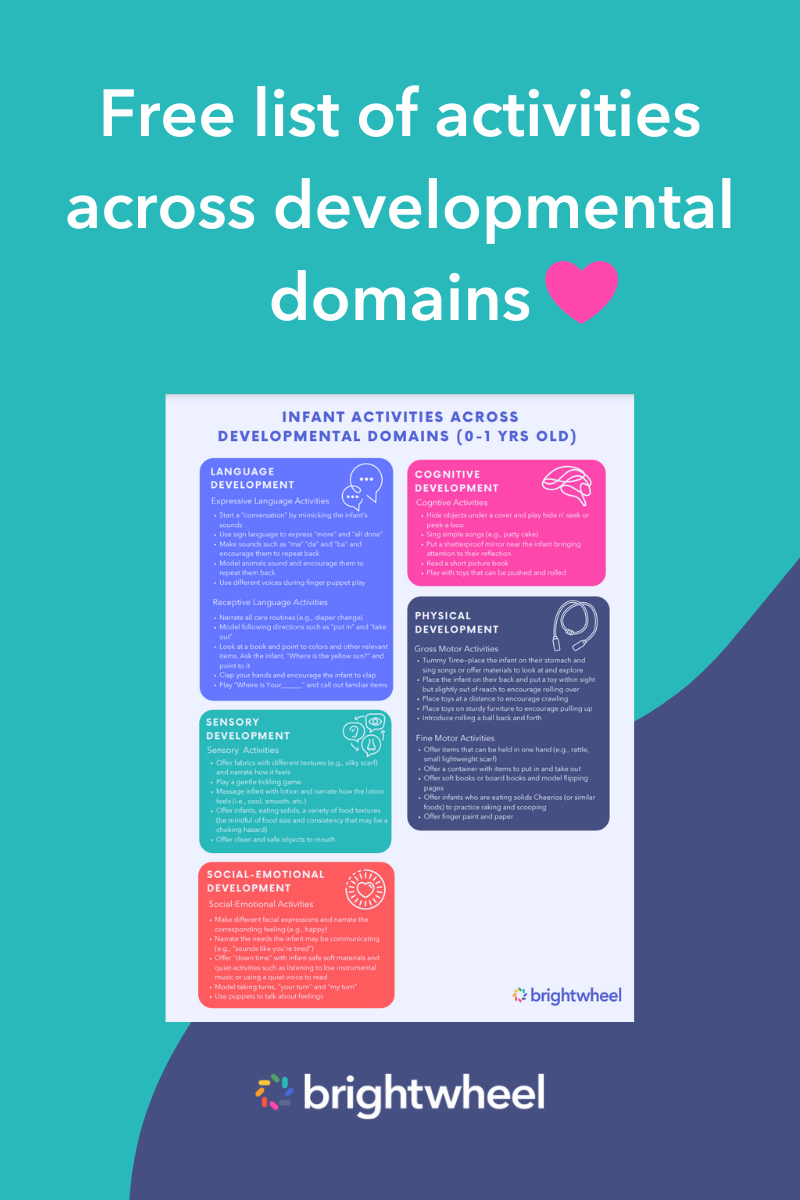Technology can be a valuable teaching tool, but it's essential to monitor your children's screen time—the amount of time they spend looking at a computer, tablet, game system, phone, or TV—when teaching lessons that require devices.
In the digital era where screens are omnipresent, parents and educators grapple with the question of how much screen time is appropriate for young children. The balance between harnessing technology for developmental benefits while mitigating its drawbacks is a topic of considerable debate.
This article explores the multifaceted world of screen time for children, weighing the advantages of educational and engaging content against potential impacts on sleep, attention span, and physical activity.
Screen time for children
Screen time refers to the amount of time spent using devices with screens, such as smartphones, tablets, computers, and televisions. It encompasses a wide array of activities, including watching videos, playing video games, browsing the internet, and using educational apps.
Technology and interactive media can help to support young children's learning and development in the classroom when used properly, but children today are often exposed to too much screen time. According to the American Academy of Pediatrics, children interact with screens for an average of seven hours daily.
In a 2020 survey by Pew Research, the most common device parents say their young child engages with is a television, with 88% of parents saying their child uses a TV. 80% of parents with children between the ages of five and 11 reported that their children have used or interacted with a tablet computer, compared with 64% of parents with a child aged three to four. Overall, parents with children between the ages of five and 11 were more likely to report that their children interacted with technology than parents of children under five.
Positive effects of screen time
Screen time can benefit young children if their device usage has clear time limits, is appropriately monitored, and focuses on educational content. Using devices in the classroom can help to:
Reinforce lessons
Using developmentally appropriate educational videos and digital tools in the classroom can support the concepts that are being taught or help children learn material they may struggle with.
Improve equity and inclusion
Using digital media can provide your classroom with diverse and equitable teaching materials that introduce children to cultures and identities that may not be represented in analog teaching materials, such as books.
Leverage home-school connections
Educators can utilize digital media to strengthen family engagement by offering ways families can continue their child’s learning at home. For example, teachers can suggest educational videos for families to watch with their children, providing extra practice of the skills they are learning in the classroom.
Teachers can also use software like brightwheel to communicate with families and keep them updated on their child's progress. Connect with families in real-time with the messaging feature or send newsletters highlighting classroom events or special announcements.
Negative effects of screen time
Too much screen time can be detrimental to young children. The negative effects of screen time on children include:
Difficulty sleeping
Excessive screen time, especially before bedtime, can significantly disrupt young children's sleep patterns. Exposure to the blue light emitted by devices can disrupt circadian rhythms and natural sleep cycles. This can lead to difficulties falling asleep and staying asleep.
Obesity
It is also important to consider the potential impact of excessive screen time on physical activity levels. When children spend extended periods indoors engaging with screens, they may be missing out on opportunities for exercise and outdoor play, which are vital for their overall health and well-being.
A 2022 study found that three-year-olds exposed to excess screen time have an increased risk of obesity by age five.
Shorter attention spans
Another concern is the impact of excessive screen time on children's attention span. Studies have shown that young children who spend more time in front of screens tend to have shorter attention spans, making it challenging for them to focus on tasks and learn effectively in a classroom setting.
Language delays
Excessive screen time can hamper children’s communication and language skills. Children exposed to too much screen time have fewer opportunities to participate in face-to-face interactions that teach them facial expressions and emotional cues that benefit their early language development.
Screen time recommendations by age
The American Academy of Child and Adolescent Psychiatry (AACAP) recommends limits on screen time based on a child's age.
- Children younger than 18 months old: Zero screen time, except for video chatting with family members.
- Children ages 18 months to 24 months old: Limit screen use to watching educational programming with a caregiver.
- Children ages two to five years old: Limit non-educational screen time to about one hour per day.
Final thoughts
Including limited screen time in your curriculum can be an engaging way to teach your children material that they may not be able to learn with books or traditional activities. However, too much screen time for toddlers and preschoolers can lead to health issues and developmental delays. Therefore, it's important to carefully consider the screen time limitations that are best for your classroom based on your children's ages and levels of development.



